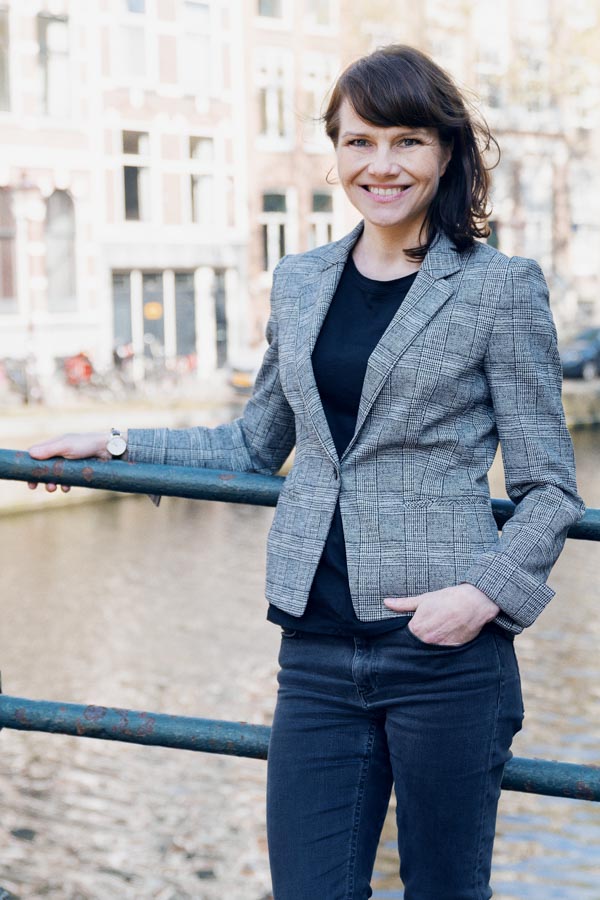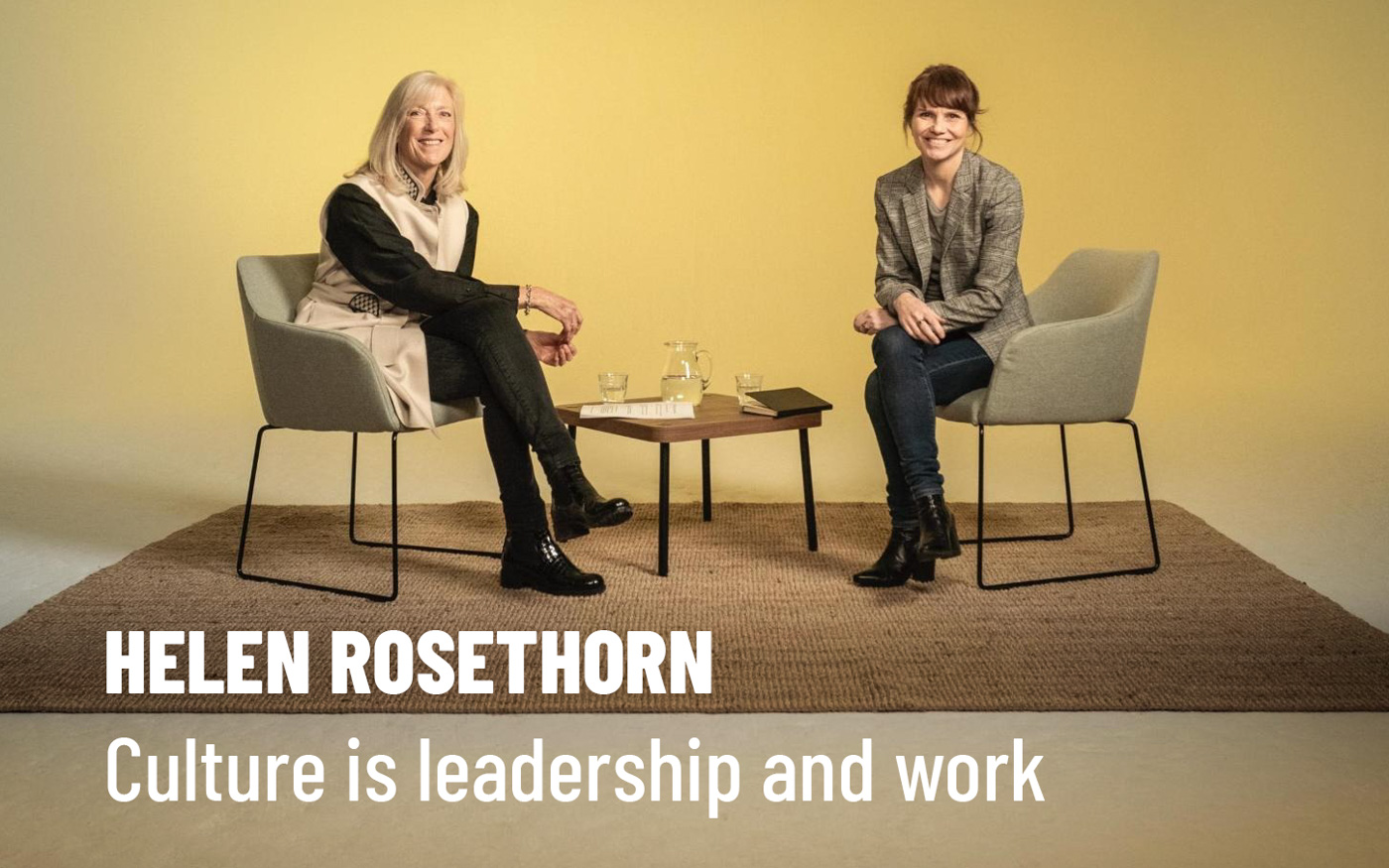In the latest CultureSandPodcast episode “A case for intentional culture management”, we had the great pleasure of speaking with Helen Rosethorn, a recognised thought leader in organisational culture and employer branding.
Helen Rosethorn is a recognised thought leader in organisational culture and employer branding. With over two decades of experience, she has helped global organisations align culture with business strategy to drive meaningful change.
She’s the author of The Employer Brand: Keeping Faith with the Deal, a seminal book in the field. Helen is known for bringing sharp insight and practical frameworks to complex culture challenges, and regularly contributes to the wider conversation through publications and speaking engagements.
In this podcast, we dive into how cultural thinking in business has evolved — and how to truly harness the power of people. We explore the critical alignment between strategy and culture, the role of leadership, and why culture must be part of the work system and everyday decisions. We also unpack the post-Covid reality, the growing distrust in leaders, and the rising expectations from Gen Z.
Key Takeaways
- Culture is not separate from work; it’s the work itself.
- Culture shows up in every people and business KPI
- Whether culture is right or wrong is not relevant. What matters is whether it aligns with your strategic intent.
- Intentionally designed culture is a tool to attract and retain the talent you need. It isn’t for everyone, and it doesn’t need to be.
- Without understanding culture as a holistic system, it’s very hard to lead it. Simplified, it consists of people who think and act within a built system.
- The real shift happens when you understand why people are doing what they’re doing. The root cause always lies in the mindset and the system.
- Systems can overpower everything else, but only people can change the system.
- Leadership alignment and shared ambition are critical factors in success.
- The pace of leadership is the pace of change in the organisation.
- The inefficient and unsuccessful way to lead culture is to focus on igniting employee motivation without addressing leadership and the surrounding system.
- Trust in leaders is worryingly declining, yet trust and loyalty remain key parts of performance.
- Subcultures can be hotbeds of change if aligned with the bigger vision.
- Culture is not a monolithic game; it’s about understanding subcultures and how they fit within the larger ecosystem.
- The collective collaboration of working for a company is rooted in a belief in a better tomorrow.The future of work isn’t about going back, it’s about moving forward with optimism and a new set of rules.
Discussion points overview
THE EVOLUTION OF CULTURE IN BUSINESS
00:00 Helen’s springboard into culture
02:56 How cultural thinking in business has evolved
03:26 Tapping into the power of people at work
05:04 Shifting to an adult-to-adult work environment
07:03 Employee engagement and the idea of discretionary effort
09:01 New business models and the entrepreneurial employee
BUILDING BLOCKS OF THE CULTURE
13:00 Culture is a work system — and shows up in every KPI
16:01 Behaviours as visible outcomes
16:37 Beliefs and systems as the forces surrounding behaviour
19:14 Culture, explained through a high-performance car metaphor
STRATEGY AND CULTURE
20:44 Is culture right, wrong or fit?
21:17 Align strategic and cultural intent
22:07 Case: Amazon and its cult(ure)
23:21 The value exchange between people and business
26:48 Culture fit, personality fit, and leadership fit
27:59 Aligned leadership sets the tone
31:19 The middle management brings it to life
33:07 Hybrid strategies need hybrid leadership
35:37 Building a transformative counterculture
36:04 Beware of unintended consequences
36:41 Case: When compliance grew bigger than the customer
HOW TO INTENTIONALLY WORK ON CULTURE
39:10 Culture’s chicken-or-egg dilemma: people or systems first?
40:21 How to intentionally shift your work system
40:43 The CEO’s role: understanding what drives behaviour
42:40 The delicate balance between business and employee interests
44:22 Trust, change and generational tensions
44:22 The worrying decline of trust in leaders
46:40 A harsh truth: business leaders are seen as liars
48:10 Post-Covid reality and Gen Z pressures
49:42 Double trouble: both the business model and the work system are broken
51:41 Trust: the foundation of work and life
54:55 How “forced” trust and autonomy during Covid changed the game
57:17 Like a clock, your work system must move forward — not back
1:00:00 Performance in the era of invisible workforce
1:03:25 The relevant question trust in the value exchange
1:06:19 The need for future-looking narrative
FIVE TAKEAWAYS
1:09:15 Culture is work — not a separate thing
1:09:54 Dynamic culture supports dynamic strategy
1:11:45 Leadership alignment and shared ambition is everything
1:12:50 Nothing changes unless leaders model it, the middle supports it, and the system enables it
1:14:17 A case for intentional culture management

About the author

ADVISOR, STRATEGY AND CULTURE
Tintti Sarola
Tintti Sarola is a strategist, transformation lead, and culture expert who believes the journey defines the outcome. With a background as a national team-level dressage rider and a track record of podium finishes up to the European Championship level, she brings the same intensity, focus, and commitment to business as she once brought to elite sport.
Her career spans law, tech, strategy, and transformation – from her early days in contract law and IPR to leading digital transformation, business development, and culture-powered change initiatives. Tintti has helped build successful start-ups, scale family-run businesses, and reshape how established organisations think, behave, and operate.
She specialises in helping leadership teams rewire how they work – aligning strategy with behaviour, shifting entrenched patterns, and building the human systems that make change stick. Sharp on strategy and fluent in human dynamics, Tintti is known for cutting through noise, connecting the dots, and helping companies move – fast and together.

